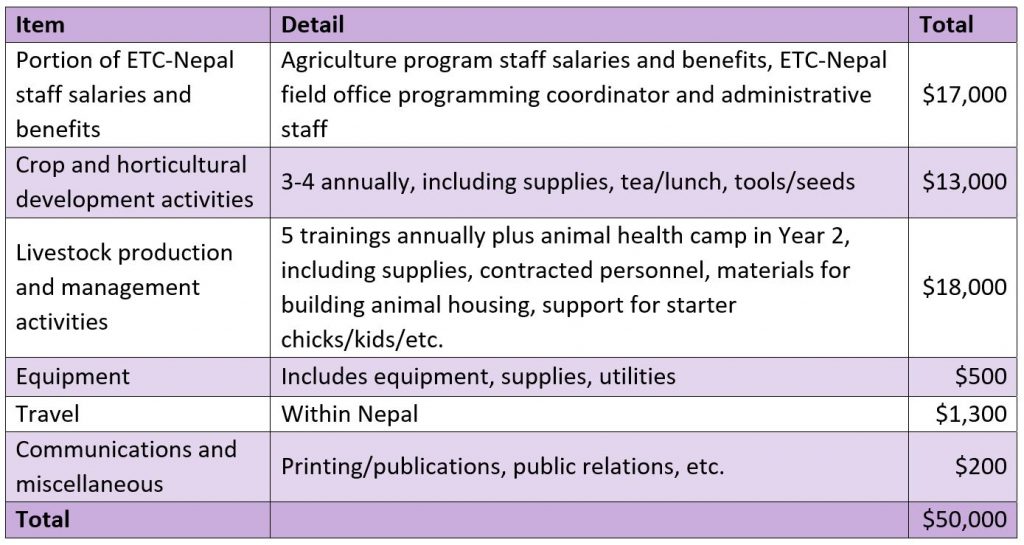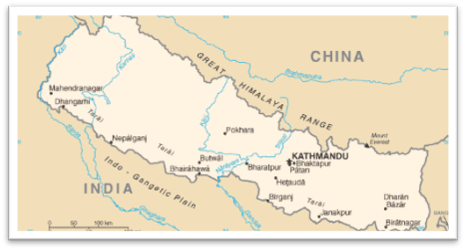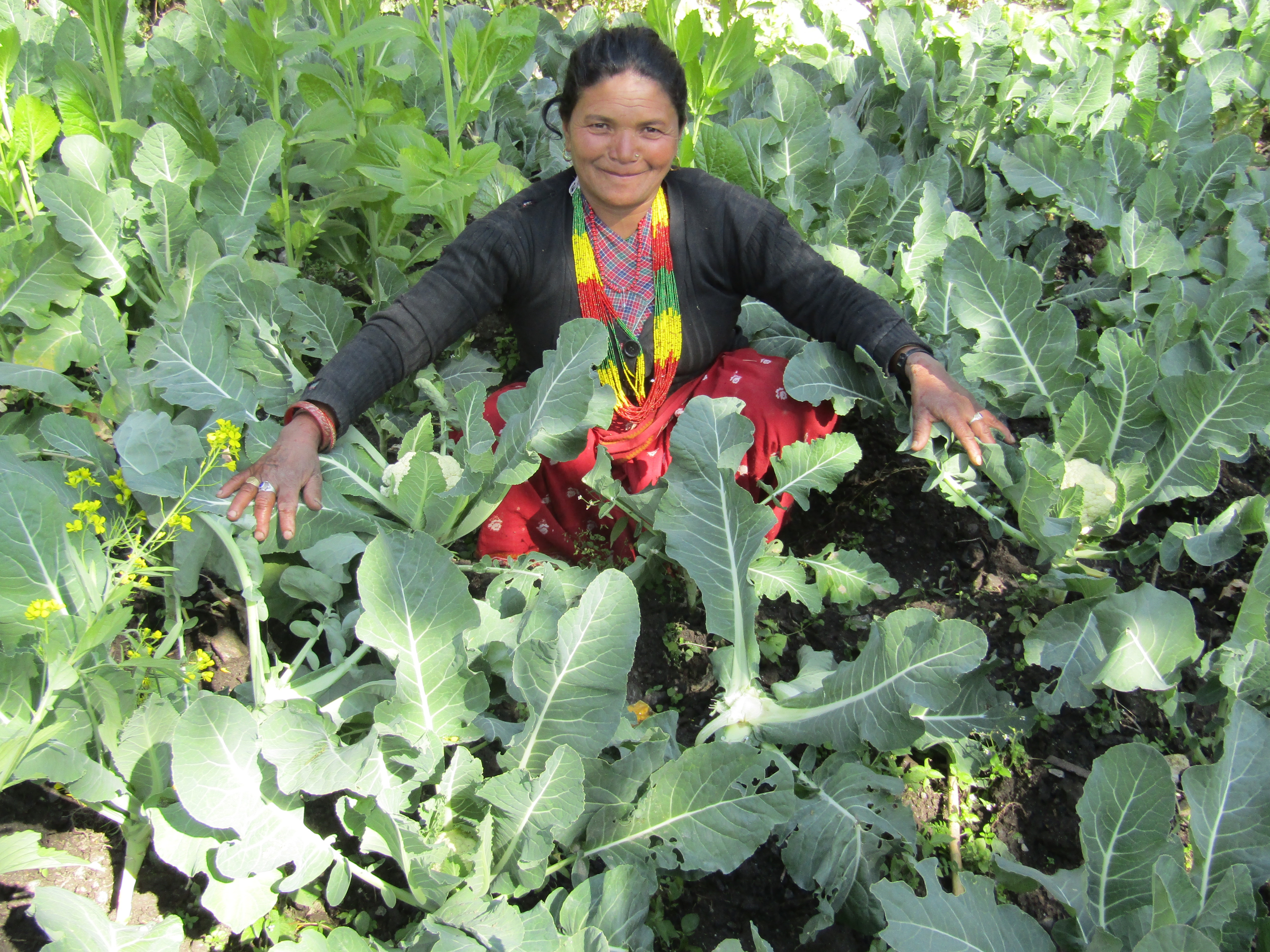
Mission
Educate the Children (ETC) works with women and children in Nepal to improve health, welfare, and self-sufficiency by building skills that families can pass down to later generations.
Life Challenges of the Women Served
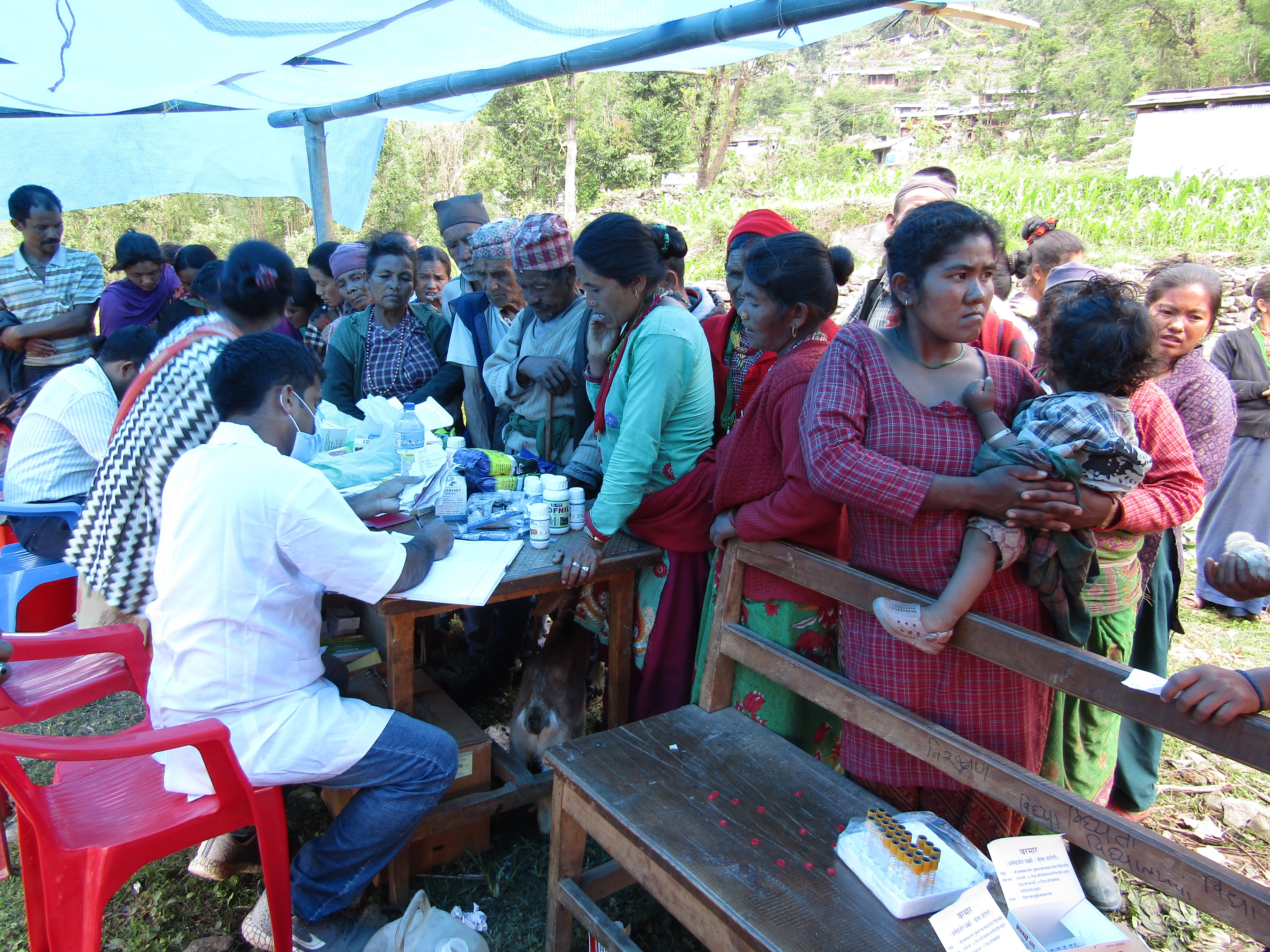 The total population in the Ramdhuni Municipality in the Sunsari District, Nepal is 20,178 people living in 4,427 households. About 16 percent of households are female headed. More than half the total population is living below the poverty line, which is about $900 per year. (At an average household size of 4.56 people, that comes to approximately 54 cents per day, per person.) Annual incomes are as low as $540. More than 80 percent are involved in agricultural work for pay, although this is most often as tenants or wage laborers for relatively wealthy landowners, because while the land is fertile and productive, ownership is highly concentrated in the hands of a relatively few wealthy people.
The total population in the Ramdhuni Municipality in the Sunsari District, Nepal is 20,178 people living in 4,427 households. About 16 percent of households are female headed. More than half the total population is living below the poverty line, which is about $900 per year. (At an average household size of 4.56 people, that comes to approximately 54 cents per day, per person.) Annual incomes are as low as $540. More than 80 percent are involved in agricultural work for pay, although this is most often as tenants or wage laborers for relatively wealthy landowners, because while the land is fertile and productive, ownership is highly concentrated in the hands of a relatively few wealthy people.
Food security is a real problem for most families. For example, according to the Asian Development Bank, 9.5 percent of children under age five were considered undernourished during the period 2015-2017, and 36 percent were considered to suffer from stunted growth in 2016. Only 31 percent of households raise enough food to last their families for nine or more months; 55 percent raise enough to cover zero to four months’ worth of food needs. Kitchen gardens could be grown even at homes of landless or nearly landless families, but only 17 percent of households were cultivating kitchen gardens. Most people own only one or two livestock animals at most – sample averages being 1.87 goats per family and 1.5 chickens per family.
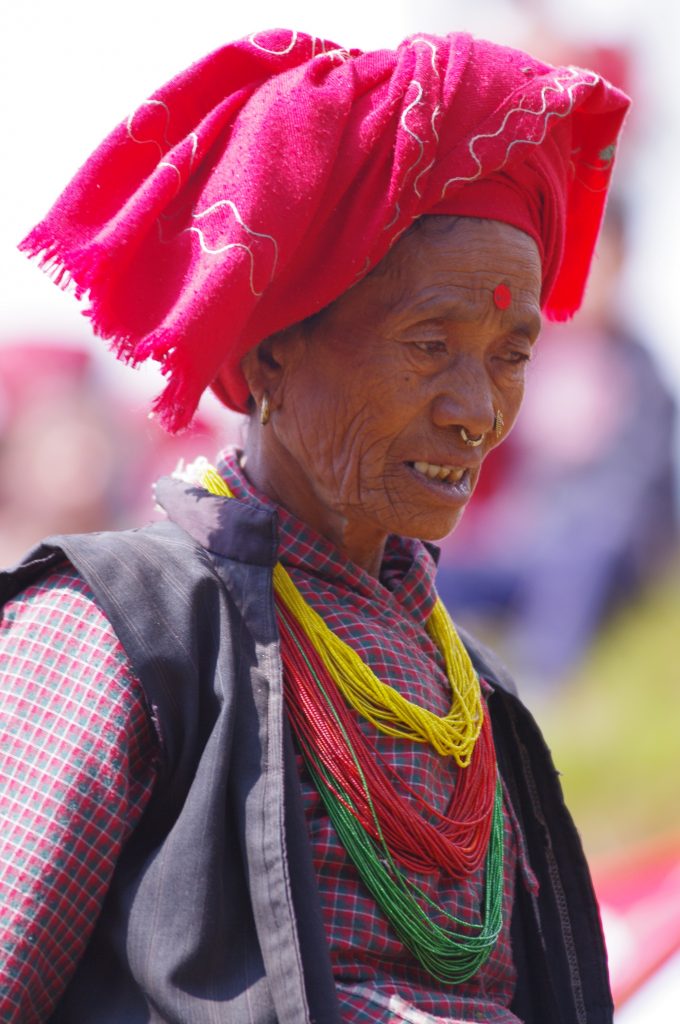 There are about five microcredit organizations and several women’s cooperatives active in the area. However, these institutions are not addressing the problem of cyclical poverty, and in fact are arguably contributing to it, because they do not emphasize either income generation/enhancement or savings. Many people take out one high-interest loan to pay off another, thus further strengthening the grip of cyclical debt and poverty. During ETC’s visit to the project area in February 2019, only 16 percent of households surveyed were found to have no debt at all.
There are about five microcredit organizations and several women’s cooperatives active in the area. However, these institutions are not addressing the problem of cyclical poverty, and in fact are arguably contributing to it, because they do not emphasize either income generation/enhancement or savings. Many people take out one high-interest loan to pay off another, thus further strengthening the grip of cyclical debt and poverty. During ETC’s visit to the project area in February 2019, only 16 percent of households surveyed were found to have no debt at all.
The causes of these problems are very deeply rooted and related to traditional sex roles and the caste system, among other factors. They include:
- Very uneven resource (land) ownership, i.e., most land is owned by relatively few people.
- Cyclical poverty exacerbated by children dropping out from school at all grade levels.
- The ongoing practice of child marriage, despite it being illegal.
- Relatively large household size.
- Few or no opportunities to learn how to increase earnings and make better lives other than by taking higher paying but possibly dangerous jobs in the big cities or abroad, which in any case is not an option open to most people.
The Project
ETC works intensively for a period of several consecutive years in areas of Nepal where their services are needed and wanted. For this project they will add four rural wards of Ramdhuni Municipality, Sunsari District, more than ten hours’ drive to the southeast of Kathmandu.
They work in these predefined geographic areas providing training and resources as well as helping residents develop the leadership skills and confidence that will enable them to manage the activities on their own. During the final year, ETC begins to phase-out their direct involvement and by the end of the year village residents can manage and support the ongoing activities, and ETC begins working in a new set of villages.
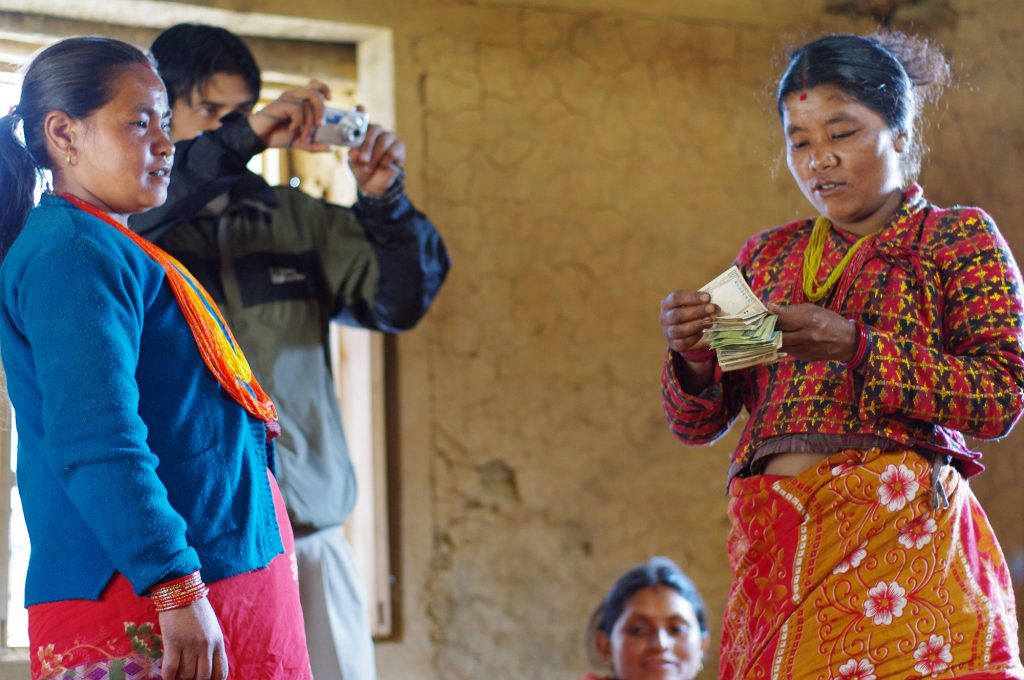 Among the first things ETC does upon beginning a new program cycle is to establish the women’s groups, which are the foundational structures of the work. These groups consist of 15-25 women, are formed based on geographic proximity, and choose their own officers. Members attend monthly meetings and contribute to their groups’ microcredit funds – perhaps only a penny or so per month at first, because they are unable to afford more. The women support each other in their efforts to gain practical skills such as literacy and agricultural training. All have access to loans at reasonable rates, which many use to start and grow their own small businesses, usually of an agricultural nature. The typical loan size is about $50, which is enough to allow women to purchase chicks, seeds/tools, or other necessary supplies for income generation. Toward the end of the multi-year program cycle, women’s groups are combined by geography into legally recognized and indefinitely sustainable cooperatives, which have their own officers and management committees.
Among the first things ETC does upon beginning a new program cycle is to establish the women’s groups, which are the foundational structures of the work. These groups consist of 15-25 women, are formed based on geographic proximity, and choose their own officers. Members attend monthly meetings and contribute to their groups’ microcredit funds – perhaps only a penny or so per month at first, because they are unable to afford more. The women support each other in their efforts to gain practical skills such as literacy and agricultural training. All have access to loans at reasonable rates, which many use to start and grow their own small businesses, usually of an agricultural nature. The typical loan size is about $50, which is enough to allow women to purchase chicks, seeds/tools, or other necessary supplies for income generation. Toward the end of the multi-year program cycle, women’s groups are combined by geography into legally recognized and indefinitely sustainable cooperatives, which have their own officers and management committees.
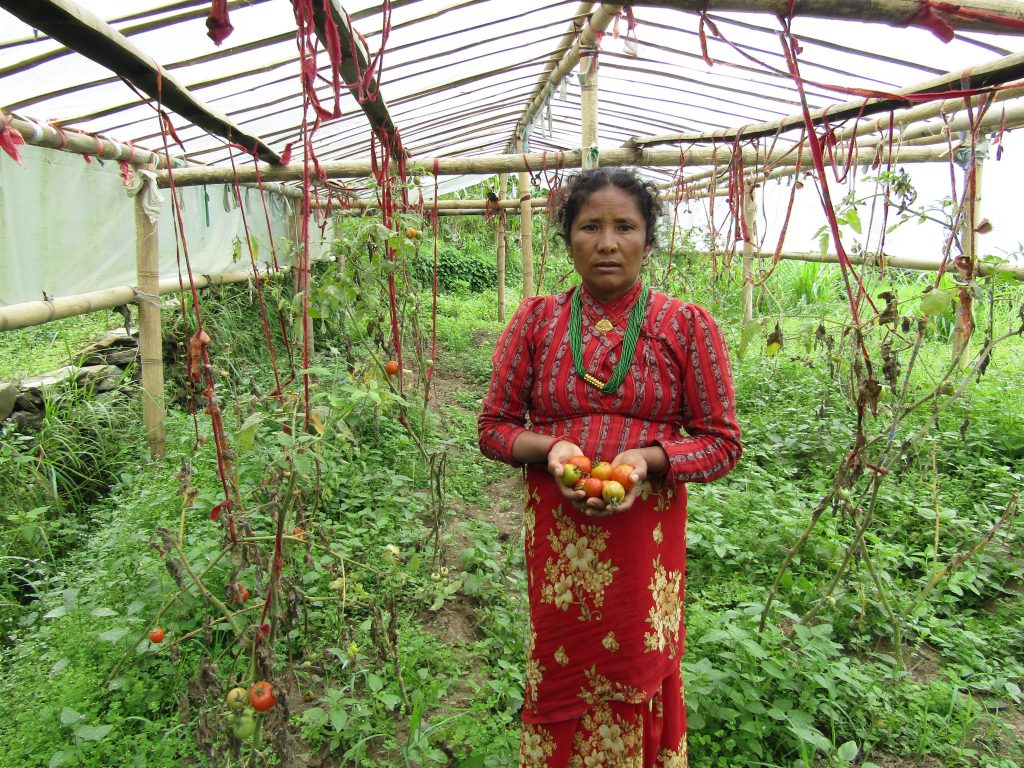 ETC’s integrated community development program (ICD) model includes three components (the exact activities for which depend on the needs of the target population and on other factors such as soil/weather conditions): women’s empowerment, children’s education, and sustainable agricultural development.
ETC’s integrated community development program (ICD) model includes three components (the exact activities for which depend on the needs of the target population and on other factors such as soil/weather conditions): women’s empowerment, children’s education, and sustainable agricultural development.
First, through this project and participation in ETC-sponsored women’s groups (and later, legally recognized cooperatives managed by the members themselves), women will learn literacy, numeracy, learn business skills such as handling money and keeping records, establish small businesses to help support their families, increase their self-confidence, and become more active and respected in their communities
Second, ETC training and resources improve nutrition and food security and increase families’ incomes. All women’s group members start kitchen gardens, which can be grown year- round in very small spaces and include crops rich in vitamins and minerals. Some women expand to market gardening and livestock businesses that enhance the nutrition of entire communities and contribute significantly to families’ incomes for many years. These sustainable agricultural development activities provide women with the skills and initial resources necessary to increase their earning potential and improve their own and their families’ well-being, both immediately and indefinitely.
Third, the women receive support to encourage their children’s continued school attendance. In addition, the women serve as excellent role models of self-sufficiency and determination, for their daughters and other girls in their lives.
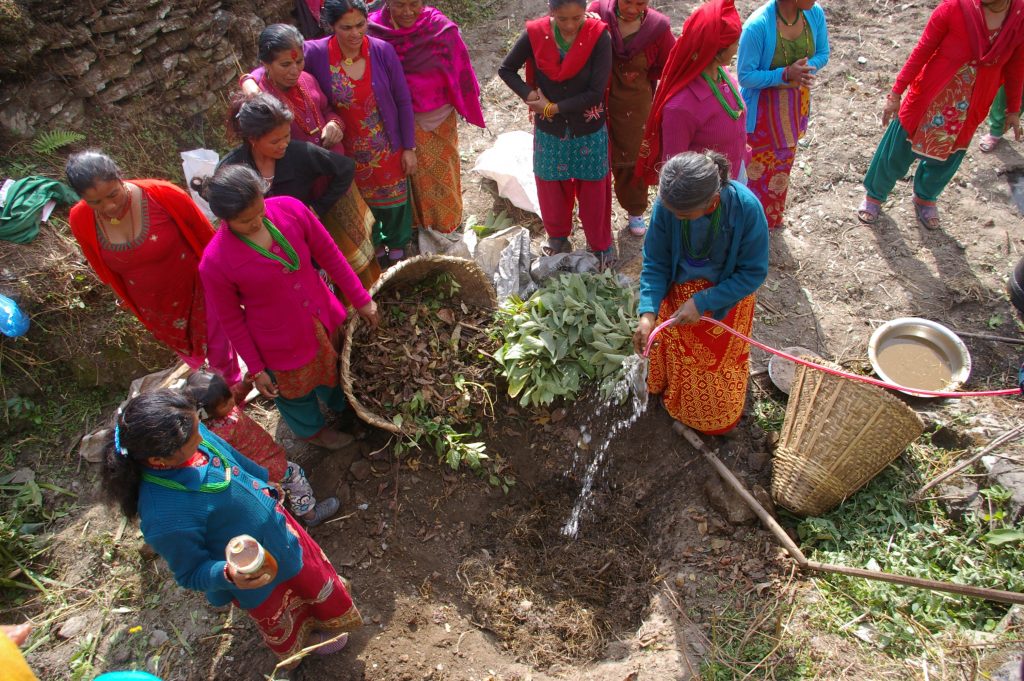 Women’s groups choose from among their members a Leader Farmer (LF), who will commit to attending as many of the horticultural trainings as possible. LFs transfer the knowledge thereby gained and offer ongoing technical support to their women’s group peers and assist with the distribution of kitchen garden supplies. LFs also meet, interact with, and learn from agricultural specialists from the government and/or other entities, via site visits and special training opportunities.
Women’s groups choose from among their members a Leader Farmer (LF), who will commit to attending as many of the horticultural trainings as possible. LFs transfer the knowledge thereby gained and offer ongoing technical support to their women’s group peers and assist with the distribution of kitchen garden supplies. LFs also meet, interact with, and learn from agricultural specialists from the government and/or other entities, via site visits and special training opportunities.
For this project, ETC estimates that 1,000 or more women ages approximately 18-45 (the members of the women’s groups) will be served directly through receiving agricultural training and resources. Their 3,500+ household members, including children and the elderly, will also benefit from increased household incomes and from improved food security and nutrition. Many neighbors and extended family/friends will also benefit indirectly through transfer of knowledge and/or access to more food of better nutritional value.
Impact:
Year 1, Direct: 1,000+; Indirect: 4,000 (est.) Year 2, Direct: 1,000+; Indirect: 4,000 (est.)
UN Sustainable Development Goals
![]()
![]()
![]()
![]()
![]()
Questions for Discussion
- How do you think this project addresses food insecurity?
- How do you think education affects this issue?
- How do you think ETC’s work impacts gender equality?
How the Grant Will be Used
DFW’s grant of $50,000 over two years will be used for the following:
Why We Love This Project/Organization
We love ETC’s focus on this sustainable agricultural project to enable Nepali women to improve food security and household incomes, while improving the nutritional intake of the entire family.
Evidence of Success
Below are just a few pertinent examples of ETC’s success, derived from a 2009 independent evaluation and a 2019 ethnographic study, both of which were conducted in project areas in which their program cycles had been completed, thus attesting to the lasting benefits and sustainability.
From the 2009 independent evaluation:
- One hundred percent of women’s group members surveyed were still raising food in their kitchen gardens. As a result, intake of Vitamin A (found in many leafy green vegetables commonly grown in kitchen gardens) had increased significantly during ETC’s presence and remained high afterward. Common health problems associated with Vitamin A deficiency (such as lack of resistance to infection, visual impairment/blindness especially among children, and problems during pregnancy) had decreased significantly.
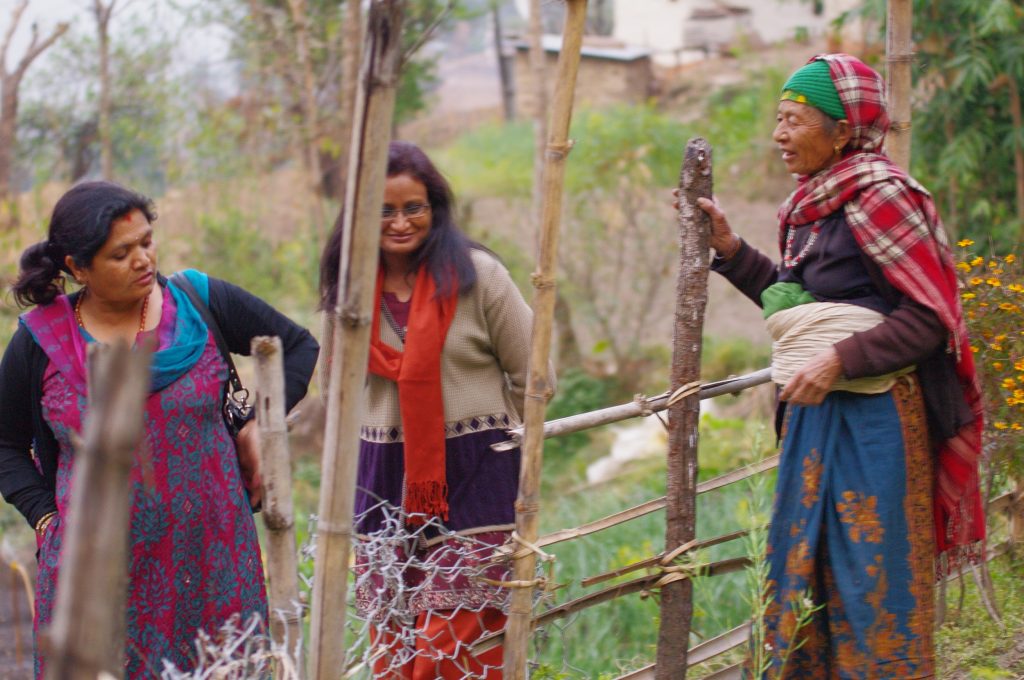 Women’s group members reported average annual household income increases of about $200 at the 2009 exchange rate. This represented an increase of 50 percent or more for many women and their families and was primarily due to women’s profitable agricultural activities.
Women’s group members reported average annual household income increases of about $200 at the 2009 exchange rate. This represented an increase of 50 percent or more for many women and their families and was primarily due to women’s profitable agricultural activities.
From the 2019 ethnographic study:
- After receiving training, free resources and skills to maintain kitchen gardens, participants stated there is not only an increase in vegetable sufficiency throughout the year, but also there has been improvement in dietary diversity, resulting in positive change in household health.
- Many women stated that being a member of their women’s group has helped them in a very practical sense to develop their skills/knowledge related to income-generating. Masali, age 71, reported that “ETC’s project has made us knowledgeable and skillful in terms of running a kitchen garden with a variety of seasonal vegetables, being able to read and write, although it was quite challenging in the beginning. As a result of the training, I have also produced and sold vegetables in large scale.”
Voices of the Girls
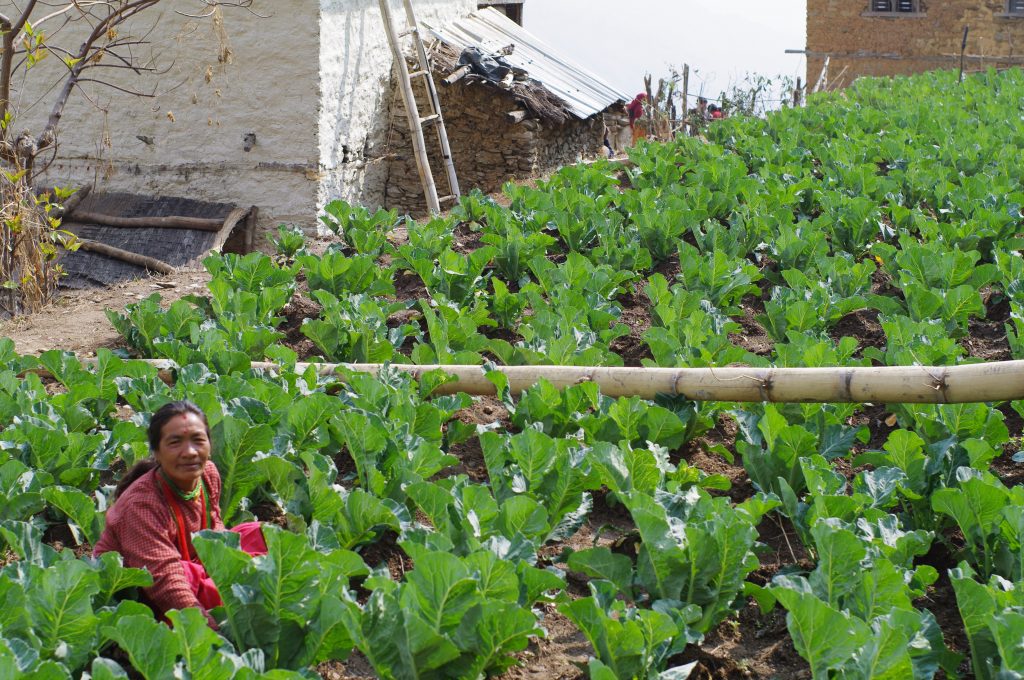 “Being a woman, it was difficult for us to get loans before the formation of the group because nobody trusted us. Now we are able to pay for our children’s school fee as well as invest in livestock and agriculture. Because we are able to do such things, we feel valued and respected in our household. My husband has started consulting me in every decision he makes. I feel worthy.”
“Being a woman, it was difficult for us to get loans before the formation of the group because nobody trusted us. Now we are able to pay for our children’s school fee as well as invest in livestock and agriculture. Because we are able to do such things, we feel valued and respected in our household. My husband has started consulting me in every decision he makes. I feel worthy.”
- Debaka, age 52
“ETC’s project has made us knowledgeable and skillful in terms of running kitchen garden with a variety of seasonal vegetables, being able to read and write, although it was quite challenging in the beginning. As a result of the training, I have also produced and sold vegetables in large scale. The first cauliflower that I produced in my garden after receiving training from ETC was 13 kilograms. I was awarded by ETC for producing such a big organic cauliflower.
- Masali, age 71
“Previously we used to have very little vegetables and mostly potatoes, radishes and green leafy vegetables. No matter how much effort you put, it was only sufficient for a few months. After receiving training, we now have varieties of vegetables including cauliflowers, cabbages, tomatoes, broccoli, turnips etc. that can be used throughout the year. Sometimes we even have some excess vegetables, which we sell.”
- Indramaya, age 50
About the Organization
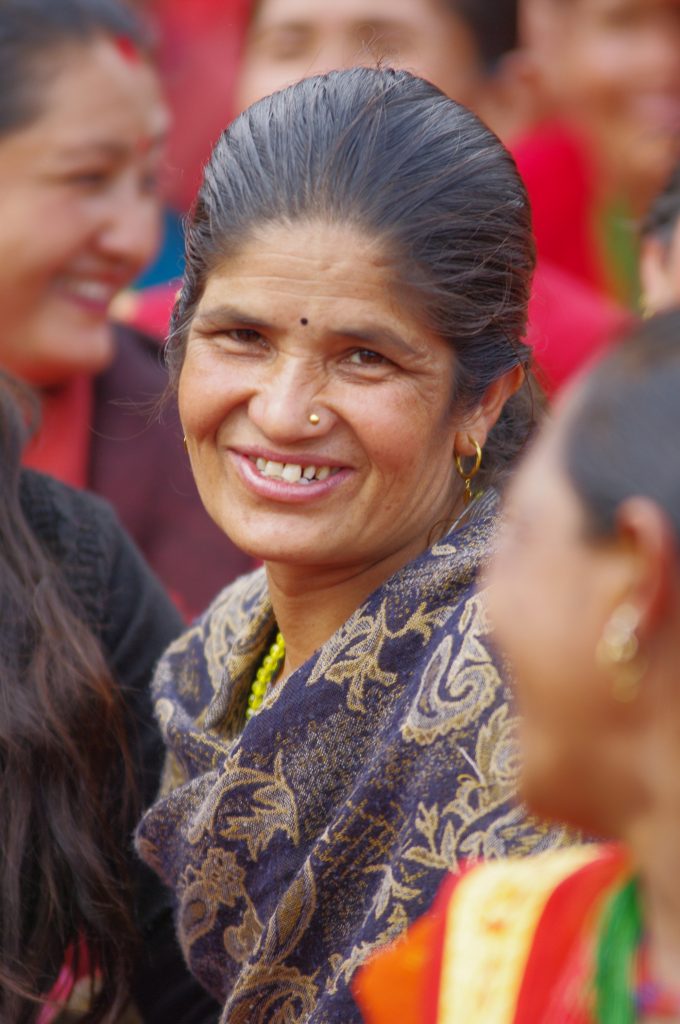 ETC was founded in 1989-1990 by Pamela Carson and several close friends and has had 501(c)(3) status since July 1991. ETC originally provided resources and support for impoverished children to attend school. They soon realized that their efforts would be yet more effective if they also assisted and engaged the children’s (usually illiterate) mothers and ensured that the children and their families have enough nutritious food to eat. Since the mid-1990s, ETC’s integrated community development program model has included three mutually supportive components: Children’s Education, Women’s Empowerment, and Sustainable Agricultural Development.
ETC was founded in 1989-1990 by Pamela Carson and several close friends and has had 501(c)(3) status since July 1991. ETC originally provided resources and support for impoverished children to attend school. They soon realized that their efforts would be yet more effective if they also assisted and engaged the children’s (usually illiterate) mothers and ensured that the children and their families have enough nutritious food to eat. Since the mid-1990s, ETC’s integrated community development program model has included three mutually supportive components: Children’s Education, Women’s Empowerment, and Sustainable Agricultural Development.
Where They Work
Nepal is in Southern Asia, between China and India in an area slightly larger than New York state. It is a landlocked country which contains eight of the world’s 10 highest peaks, including Mount Everest and Kanchenjunga. The total population of Nepal is 30,327,977 (July 2020 est.), with most of the population divided equally between the southern-most plains of the Tarai region and the central hilly region. About 1.424 million live in Kathmandu, the country’s capital. Overall density is quite low.
Nepal is among the least developed countries in the world, with about one-quarter of its population living below the poverty line. Agriculture is the mainstay of the economy, providing a livelihood for almost two-thirds of the population but accounting for less than a third of gross domestic product. Industrial activity mainly involves the processing of agricultural products, including pulses, jute, sugarcane, tobacco, and grain.
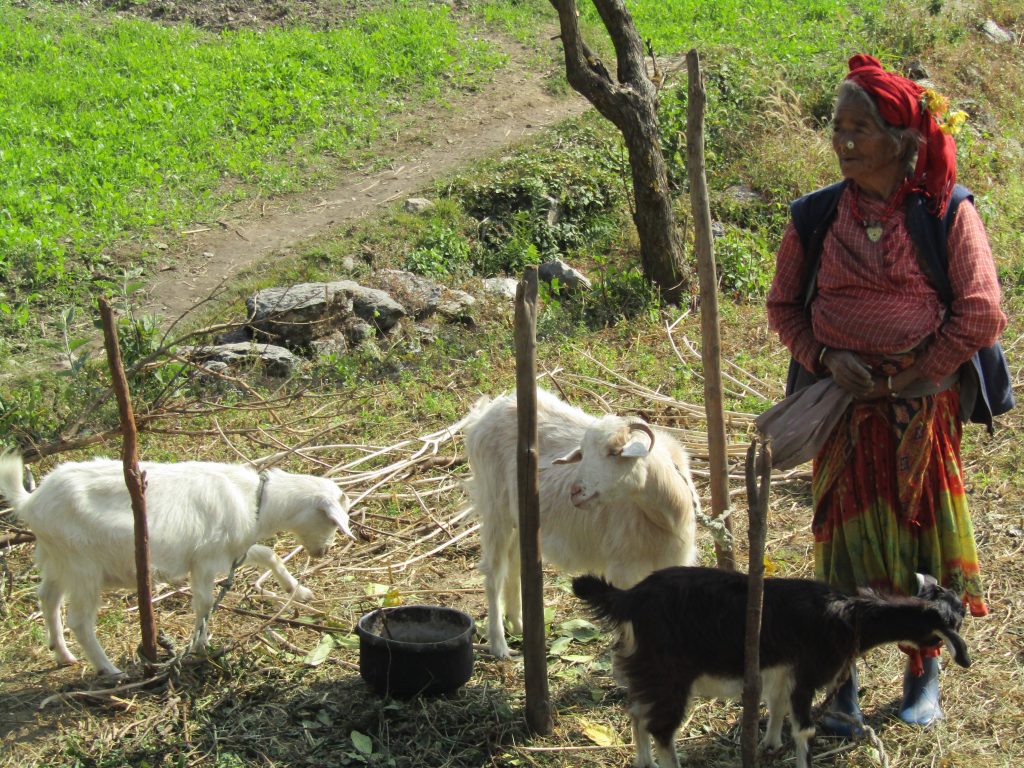 Massive earthquakes struck Nepal in early 2015, which damaged or destroyed infrastructure and homes and set back economic development. While political gridlock and lack of capacity have hindered post-earthquake recovery, government-led reconstruction efforts have progressively picked up speed, although many hard-hit areas still have seen little assistance. Additional challenges to Nepal’s growth include its landlocked geographic location, inconsistent electricity supply, and underdeveloped transportation infrastructure.
Massive earthquakes struck Nepal in early 2015, which damaged or destroyed infrastructure and homes and set back economic development. While political gridlock and lack of capacity have hindered post-earthquake recovery, government-led reconstruction efforts have progressively picked up speed, although many hard-hit areas still have seen little assistance. Additional challenges to Nepal’s growth include its landlocked geographic location, inconsistent electricity supply, and underdeveloped transportation infrastructure.
The median age in Nepal is 25.3 years. The median age of first birth among women is 20.8 years. Maternal mortality is 186 deaths/100,000 live births (2017 est.), and the infant mortality rate is 25.1 deaths/1,000 live births. The literacy rate for the total population is 67.9 percent, with 78.6 percent of males being literate and 59.7 percent of females being literate.
A Closer Look at Nutrition in Rural Communities
For decades, the number of hungry people had been declining – this isn’t true anymore. Globally, more than 820 million people do not have enough to eat, about one in every nine people. Food and nutrition insecurity can be defined as the inability to access adequate quantities of nutritious foods required for optimal growth and development. There is a direct relationship between food and nutrition insecurity and poverty. The issue affects all countries, including the United States. In 2018, 11.1 percent of U.S. households were food insecure at some time.
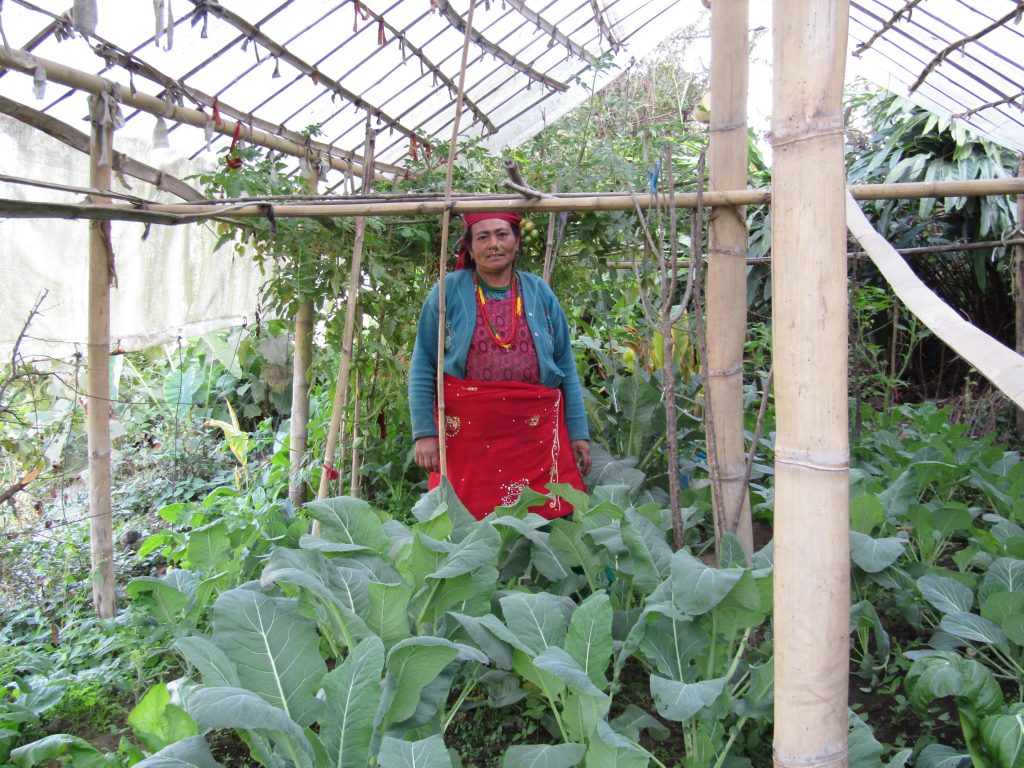 Maternal and child undernutrition contributes to 45 percent of deaths in children under five. But food insecurity isn’t just about hunger. Obesity and being overweight are on the rise in almost all countries, contributing to 4 million deaths globally. The various forms of malnutrition are intertwined throughout the life cycle, with maternal undernutrition, low birthweight and child stunting giving rise to increased risk of being overweight later in life.
Maternal and child undernutrition contributes to 45 percent of deaths in children under five. But food insecurity isn’t just about hunger. Obesity and being overweight are on the rise in almost all countries, contributing to 4 million deaths globally. The various forms of malnutrition are intertwined throughout the life cycle, with maternal undernutrition, low birthweight and child stunting giving rise to increased risk of being overweight later in life.
Food insecurity is strongly associated with chronic disease and poor health, both of which disproportionately affect rural populations. Poverty and the lack of access to nutritious and balanced diets remains a major impediment to the health and well-being of people living in rural areas.
Long-term food insecurity can affect learning, development, productivity, physical and mental health, and family life. Addressing rural health disparities must be a priority.
Source Materials
The National Institutes of Health
Centers for Disease Control and Prevention
The Food and Agriculture Organization

